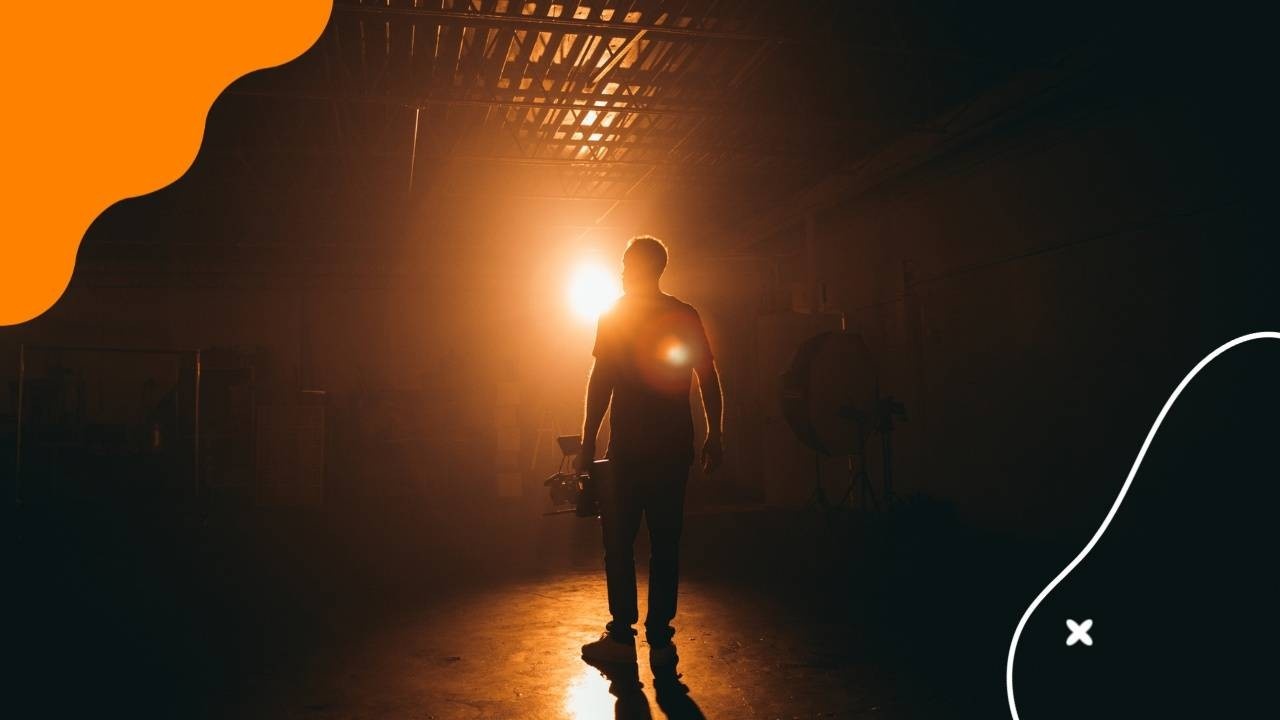Postpone production values to improve your film (and save money)
Oct 14, 2022
When making a feature film, It’s crucial to find a connection between a story worth telling and the fans who want to see it.
Lean Filmmaking first concentrates on validating the story with fans before adding expensive production values.
This is possible to achieve by using our iterative method to complete lo-fi full-film drafts in Make-Show-Adjust Cycles.
Don’t get us wrong, production values are still important!
They just come later.
After the story has proved its value to fans.
There are many advantages to working this way, including:
⚡Eliminating large upfront budgets
⚡Managing overall financial risk
⚡Reducing costs by testing outcomes
⚡Targeting improvements for biggest impact
It also lets fans guide how high the production values need to be for an enjoyable film.
An important tool to put this into action is just-in-time production.
The goal of just-in-time production is to make decisions as close to the act of doing the work as possible.
Instead of deciding every last detail upfront, the planning is purposely kept minimal.
Sparse, even.
Ideally, production decisions are delayed until the last responsible time.
Remarkably, you don’t need very high production values to test the story with your initial fans. We’ve received valuable feedback from storyboards with hand-drawn stick-figures.
Our focus is on exploring the essence of the scene, dramatising the central conflict, moving the plot forward and revealing character – all from a story perspective.
Any ancillary information like specific locations, props, set design or costumes are excluded for now, leaving out everything that’s not essential.
The squad uses the minimum effort required to construct a full-film draft, using lo-fi representations whenever possible.
Strict creative constraints are always very useful and artificial limitations help keep the drafts lo-fi, especially for the first few cycles.
Some of our favourite tricks include using only wide shots, having a predetermined number of shots or only shooting one take.
It’s also possible for full-film drafts to be a combination of storyboards, voice over, stock footage, animatic sequences and improvised scenes shot in a makeshift location, with captions to give an indication of the intended setting.
We’re confident you’ll be able to execute the technical aspects of film production.
But before wasting time, money and energy on crafting the aesthetics, let’s make sure you have a story worth telling.
The Art of Lean Filmmaking, book and course available now. Start making an indie feature sooner than you ever thought possible.
Get our best unconventional advice about indie filmmaking in a helpful weekly newsletter
We hate SPAM. We will never sell your information, for any reason.

